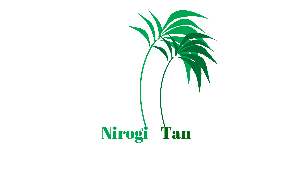Alternating hemiplegia of childhood (AHC) is a rare neurological disorder that usually begins in infancy or early childhood. It is characterized by recurrent episodes of paralysis that typically affect one side of the body or both sides alternately, as well as other neurological symptoms such as developmental delay, cognitive impairment, and difficulty with balance and coordination. AHC is caused by mutations in certain genes that are involved in the regulation of ion channels in the brain.
Unfortunately, there is currently no cure for AHC. Treatment focuses on managing the symptoms and improving the quality of life for those affected. This may include medications to control seizures and prevent paralysis episodes, physical therapy to improve muscle tone and coordination, and occupational therapy to help with daily activities. Additionally, supportive care and counseling for both the individual with AHC and their family can be beneficial.
While there is no cure for AHC, there are precautions that can be taken to help manage the condition and support overall health. It is important for individuals with AHC to work closely with a team of healthcare professionals to develop a comprehensive treatment plan. This may include continued monitoring of symptoms, regular follow-up appointments, and adjustments to medications as needed. Engaging in regular physical activity and maintaining a healthy diet can also be beneficial for overall well-being.
In conclusion, while there is currently no cure for AHC, individuals with the condition can work with their healthcare providers to manage symptoms and improve their quality of life. By staying informed about the latest research and treatment options, individuals with AHC and their families can make empowered decisions about their care. With proper support and a comprehensive treatment plan, individuals with AHC can lead fulfilling lives.

